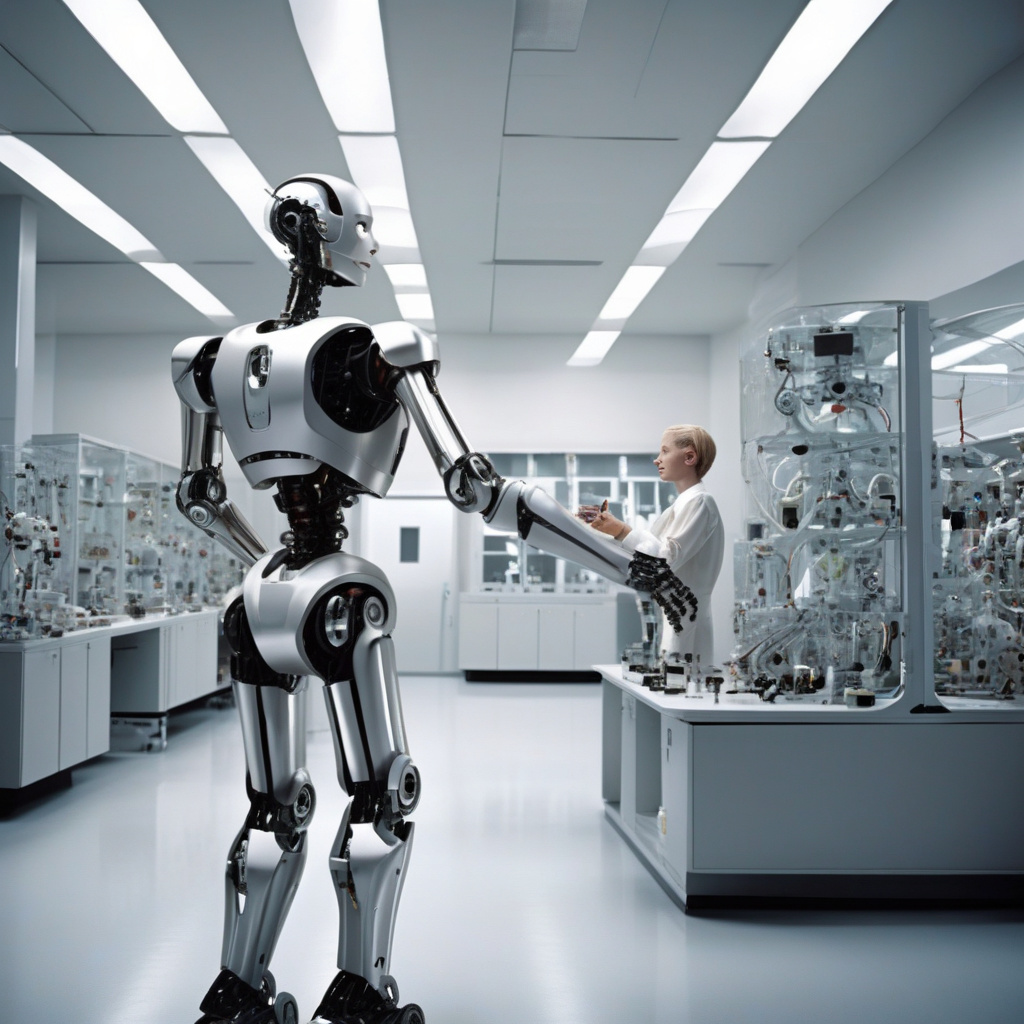Breaking the Humanoid Robot Delusion: A Reality Check
In a world where the Jetsons’ dreams seem within reach, the unveiling of NEO, a humanoid robot by Silicon Valley’s 1X, sparked excitement. Promising to revolutionize household chores and offer companionship, NEO’s capabilities, as showcased in a dazzling video, appeared to redefine domestic life. However, the reality behind these promises may not be as advanced as portrayed.
The Illusion of Autonomy
The allure of autonomous humanoid robots often falls short of reality. Behind the scenes of NEO’s impressive demonstrations lies a reliance on teleoperation, where human operators guide the robot’s every move. This smoke-and-mirrors approach echoes Tesla’s Optimus robots, which wowed audiences while being remotely controlled by unseen operators.
Faith-Based Innovation: Managing Expectations
Leaders like Elon Musk and Bernt Børnich epitomize “faith-based innovation,” hyping capabilities that outpace current technology. The gap between promises and delivery is evident in Musk’s projections of self-driving Teslas, revealing a disconnect between ambition and feasibility. Similarly, 1X’s acceptance of pre-orders for NEO hinges on the hope of rapid advancements in robotic autonomy.
The Challenge of Full Autonomy
Achieving true autonomy in humanoid robots poses a significant technological hurdle. Training robots to replicate human actions with precision demands exhaustive efforts, often relying on teleoperation for intricate tasks. While the allure of autonomous robots is compelling, the gap between perception and reality underscores the complexities of bridging the gap between innovation and practical application.
Navigating the Gray Area
Robot companies walk a fine line between showcasing potential and misrepresenting capabilities. By blurring the boundaries between teleoperation and autonomy, these demonstrations raise questions about the readiness of humanoid robots for real-world integration. As companies leverage impressive visuals to drive investment and sales, the need for transparency in showcasing a robot’s true capabilities becomes paramount.
Looking Beyond the Illusion
As the era of humanoid robots dawns, separating fact from fiction is crucial. While the allure of a robotic housekeeper like NEO is enticing, the journey towards true autonomy is a marathon, not a sprint. By acknowledging the current limitations and embracing incremental progress, the vision of autonomous humanoid robots can evolve from a delusion to a tangible reality.
In conclusion, the unveiling of humanoid robots like NEO offers a glimpse into the future of automation and assistance. However, it’s essential to approach these innovations with a discerning eye, recognizing the complexities involved in achieving true autonomy. As technology continues to advance, the line between possibility and projection blurs, challenging us to navigate the evolving landscape of humanoid robotics with clarity and caution.

